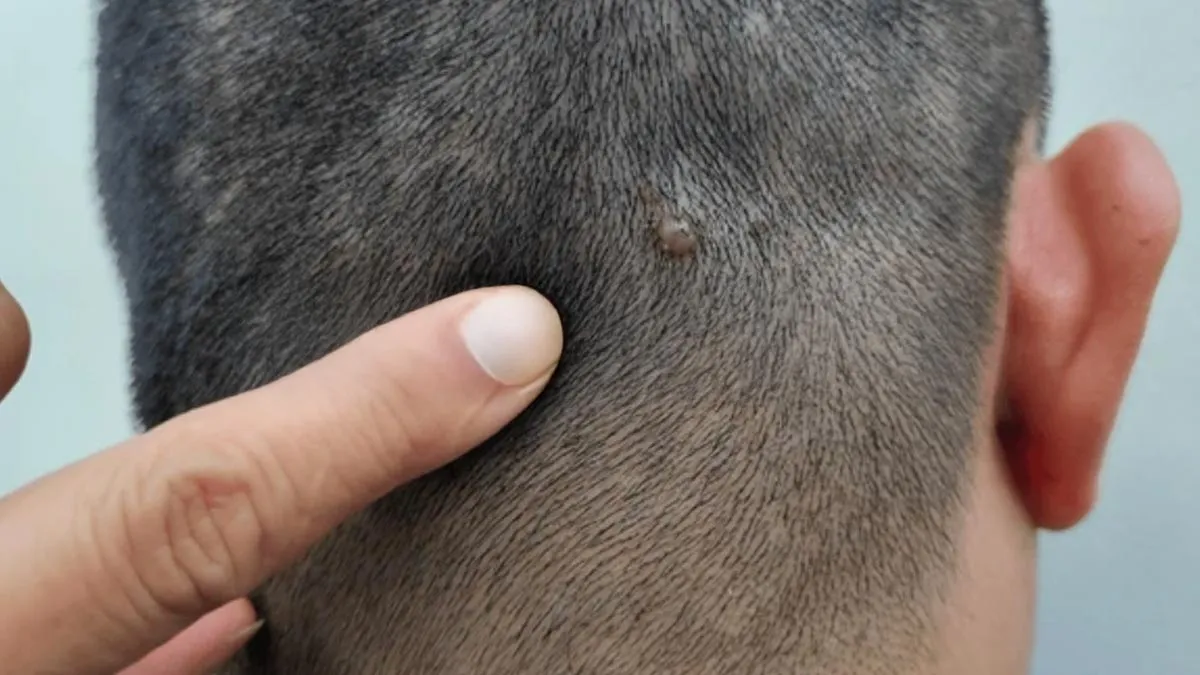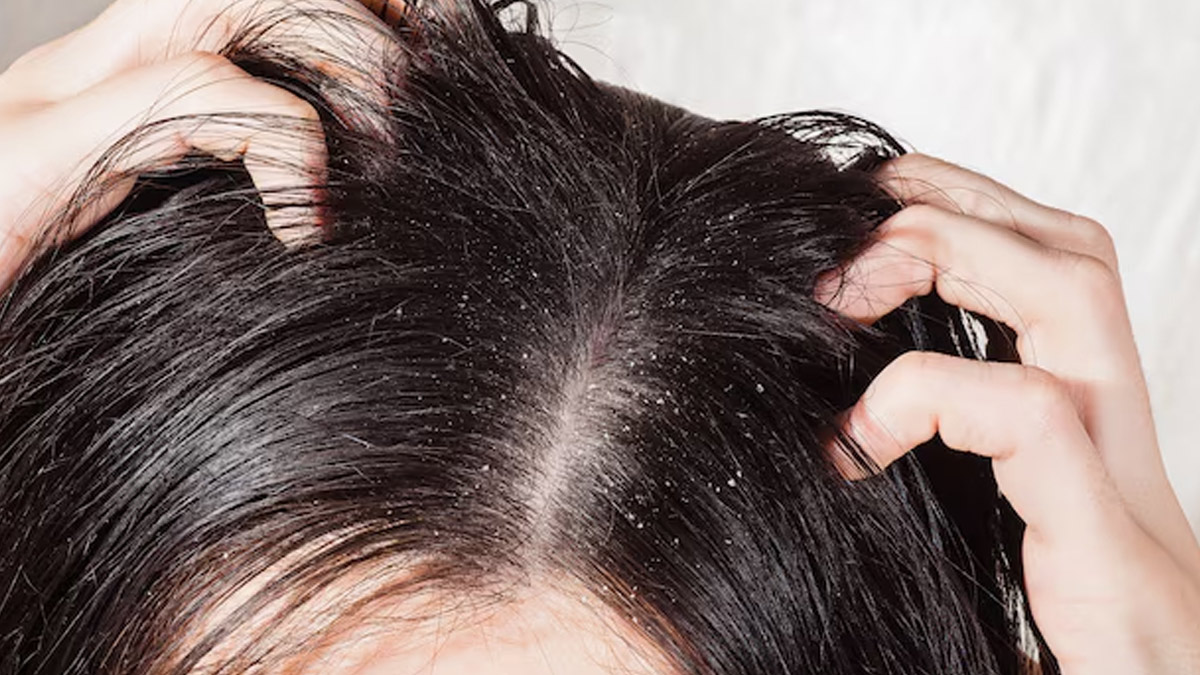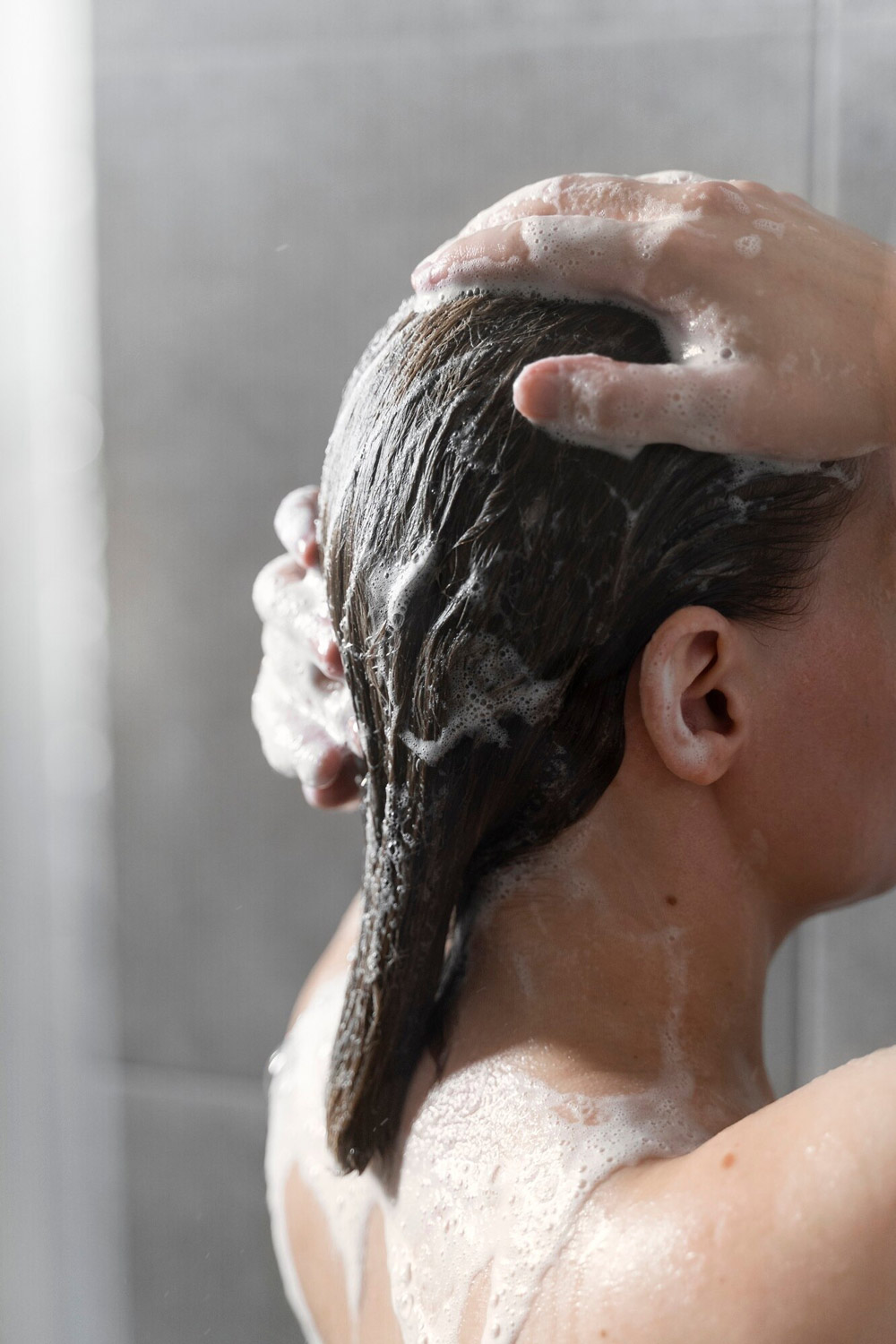
When we talk about breakouts, we usually think of the face. But have you ever felt tiny, painful bumps on your scalp, especially during hot and sticky weather? That’s scalp acne, or what some people casually call scalp zits. It is more common than you think, and humid weather often makes it worse.
Table of Content:-
So what causes them to flare up during humid months, and more importantly, how do you deal with them?
Why Scalp Zits Show Up in Humid Weather
1. Sweat + Oil = Breakout Central

When it's humid outside, your scalp sweats more, secreting more natural oil. When the sweat and oil combine, they clog your pores. Since your scalp is covered with hair, it traps the sweat and oil, which causes it to be easy for bacteria to grow. This can cause scalp zits.
A study conducted in Delhi observed that 40.4% of acne patients reported worsening their condition during summer. The research concluded that temperature and humidity also play a major role in causing acne flare-ups. This is because of excessive sebum secretion and sweating, which can block pores and facilitate bacterial growth.
2. Hair Products Can Clog Pores
In hot and humid weather, heavy shampoos, conditioners, or styling sprays can blend with your sweat and adhere to your scalp. If you do not wash it away well, this combination may clog your pores and lead to breakouts.
3. Fungal Overgrowth
Your scalp naturally has some yeast, but in hot and sweaty conditions, it can proliferate. This can produce itchy bumps that look like acne but are fungal infections known as folliculitis.
4. Hats, Scarves and Sweatbands

Wearing anything that holds heat and sweat next to your scalp, such as a hat or headband, can also irritate and clog follicles. Add friction and lack of ventilation to the mix, and hello, scalp zits.
Also Read: Is It Scalp Acne? Symptoms, Treatment, Prevention Tips
How to Tell If It’s Scalp Acne
Scalp acne usually appears close to your hairline or at the back of your head. The bumps may be tender, particularly when you shampoo or comb your hair. They can look like whiteheads, blackheads, or red, inflamed bumps. If they are also itchy or flaky, there might be a fungal component or dandruff in the mix.
Also Read: Nourishing Your Scalp: Here's Why You Should Exfoliate Your Scalp And Ways To Do So
Fixing the Problem: Practical Do’s and Don’ts
Do: Switch to a Clarifying Shampoo

Clarifying shampoos help remove product buildup, sweat, and oil. If you also have dandruff or fungal activity, look for ingredients, such as salicylic acid, tea tree oil, or ketoconazole.
Don’t: Over-wash
Yes, you want to wash your scalp, but over-washing it can remove natural oils and cause the sebaceous glands to overdrive. Wait every 2–3 days unless your scalp is extremely oily.
Do: Keep Hair Products Lightweight
Use non-comedogenic or scalp-friendly products. Avoid silicone-dense serums, heavy pomades, and sprays that create residue.
Do: Exfoliate Weekly
Just as your face, your scalp also requires exfoliation. Use a mild scalp scrub or an exfoliating brush to remove dead skin and unclog follicles.
Don’t: Sleep with Wet Hair
This can trap moisture and breed fungus during the night. Always thoroughly dry your hair before sleeping.
Do: Let Your Scalp Breathe
Avoid tight hairstyles, hats, or scarves for extended periods. If you exercise or your hair gets oily, wash your scalp afterwards, even with water.
Do: Spot-Treat If Needed
Just like facial acne, scalp zits can be treated with spot treatments. Apply diluted tea tree oil, benzoyl peroxide, or an over-the-counter acne treatment directly to the problem area.
When to See a Dermatologist
If your scalp acne doesn't improve with basic care, becomes painful, or begins leading to hair loss, see an expert. A dermatologist can determine if it's bacterial, fungal, or another cause and can prescribe specialised treatments, including medicated shampoos or oral medication.
[Disclaimer: This article contains information for informational purposes only. Hence, we advise you to consult your professional if you are dealing with any health issue to avoid complications.]
Also watch this video
How we keep this article up to date:
We work with experts and keep a close eye on the latest in health and wellness. Whenever there is a new research or helpful information, we update our articles with accurate and useful advice.
Current Version